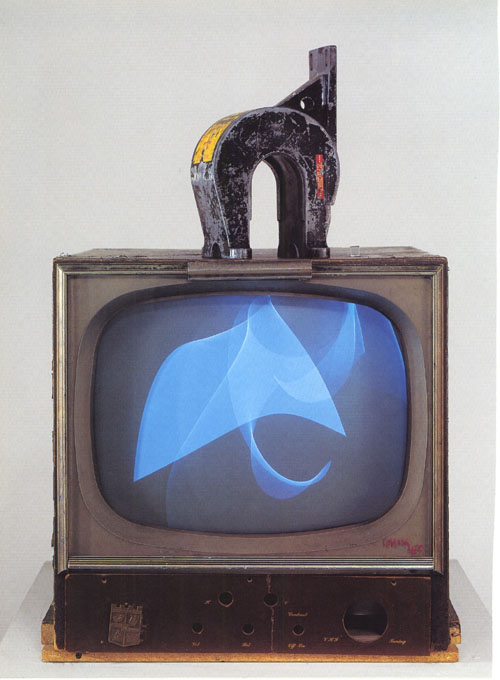Interactive Art arose from many sources, including Kinetic art, Conceptual art, Op art, Video art, and Algorist art.
Also: Roots of Interactive Art: in Victorian Parlor Games
Roots of Interactive Art: in Kinetic Art
Marcel Duchamp, Bicycle Wheel (1913)
There’s a lot going on in this ‘revolutionary’ work from the birth of Modernism, including the use of non-fixed form, kinetics, interactivity, and above all, readymade fabrication. There was plenty of kinetic art which followed this, but much was autonomous; only a fraction of it invited human input or operation.

Thomas Wilfred, Home Clavilux lumia performance instrument (1920s)
Wilfred was interested in “lumia”, or dynamic abstract light-art. He developed both stand-alone and human-driven machines for controlling abstract imagery over time.
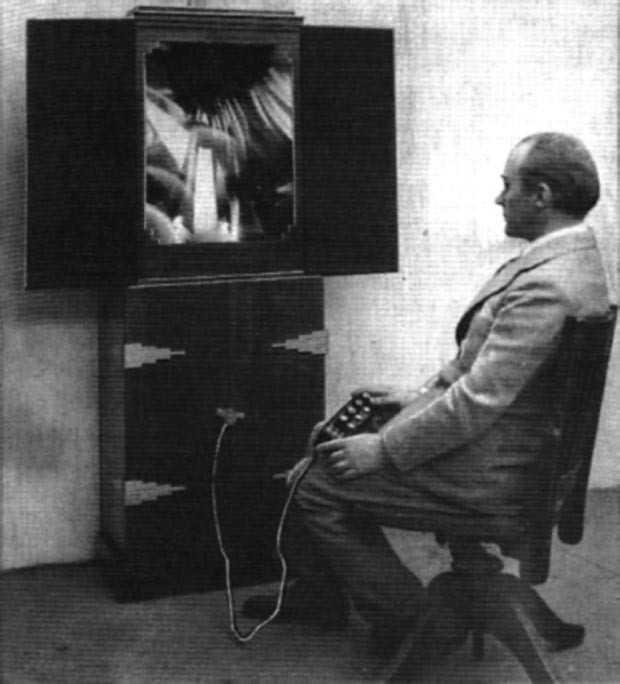
Yaacov Agam, Vibralite (1961)
Agam made “tactile paintings”: low-relief kinetic sculptures designed to function as dynamic pseudo-2D images. In this project, white cardboard circles are mounted on springs. Small air currents (or manipulations by guests) vary the image, within constraints determined by the artist.
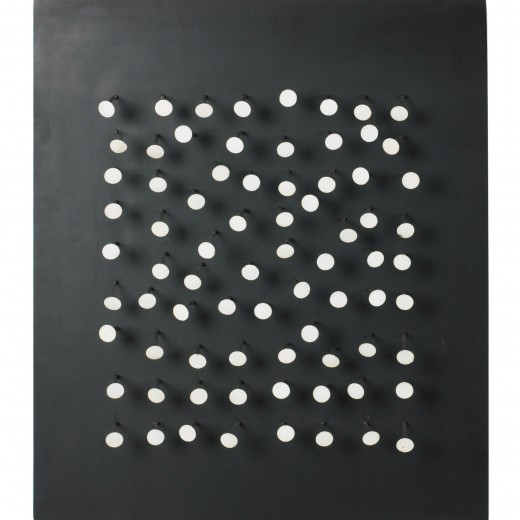
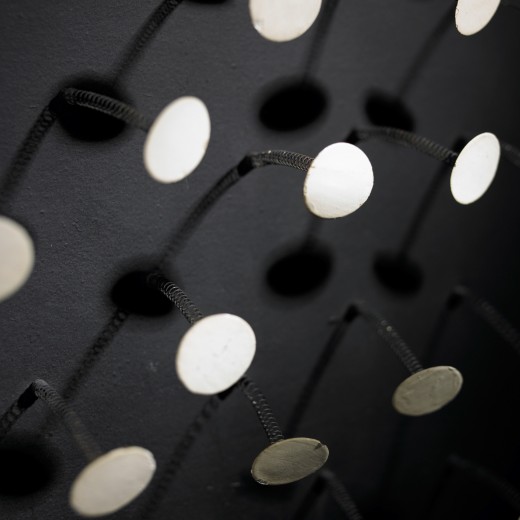
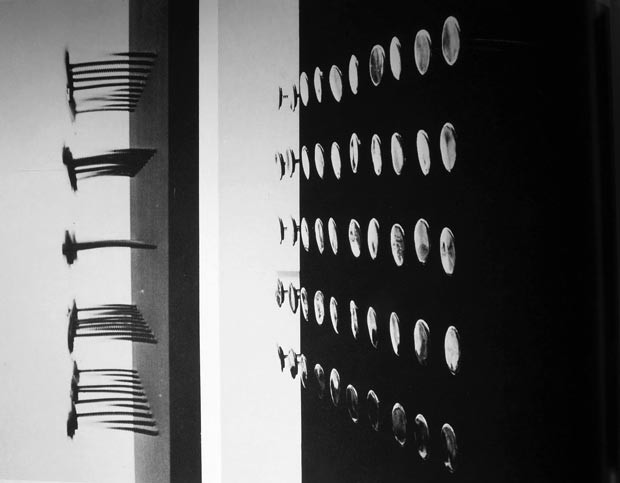
Agam (jump to 22’55”, then to 44’00”):
Servulo Esmeraldo (early 1960s)
Edward Ihnatowicz, SAM and The Senster (1968)
Roots of Interactive Art: in Op (Optical) Art
Bridget Riley, S Current (1964)
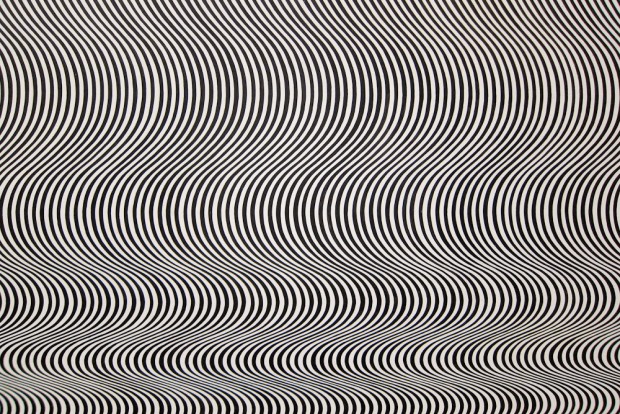
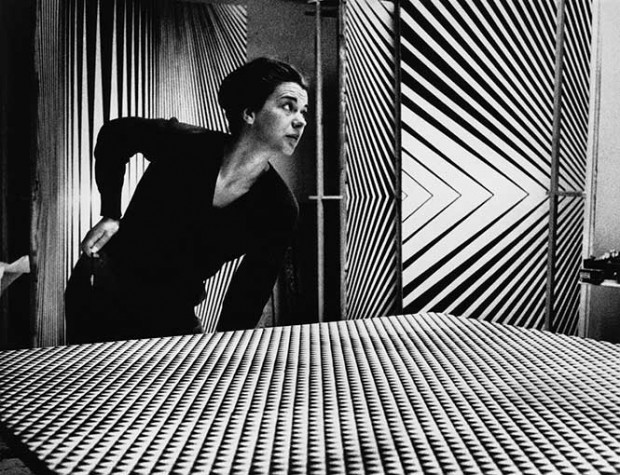
The Responsive Eye exhibition, MoMA (1965)
Yaacov Agam, Double Metamorphose (polymorphic picture, early 1970s)

Roots of Interactive Art: in Electronic Video and Sound
Nam June Paik, Random Access (1963)
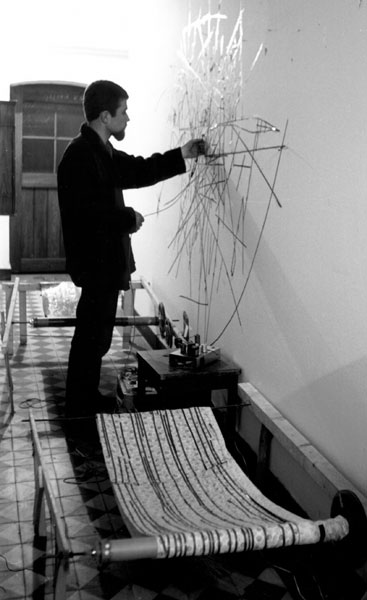
Nam June Paik, TV Magnet (1965)
